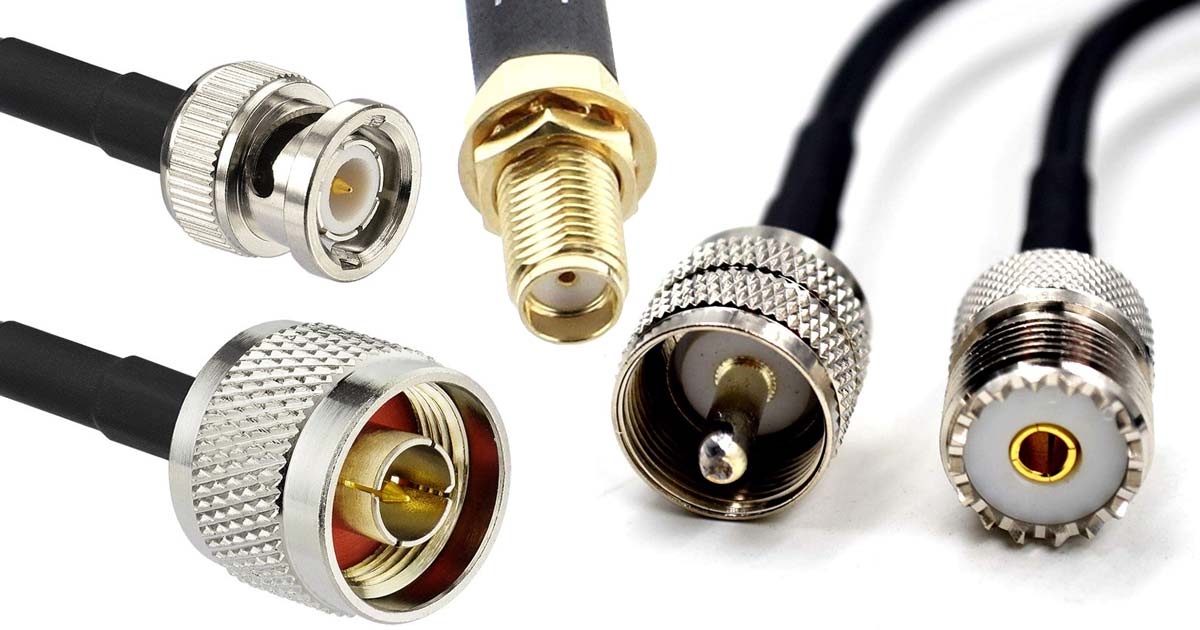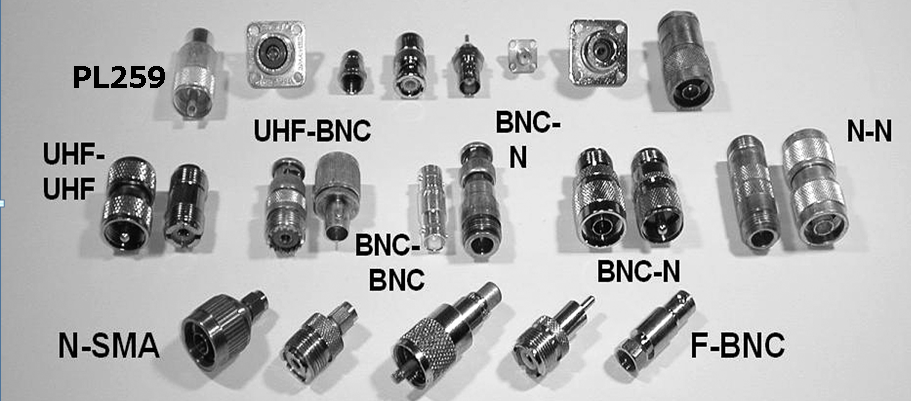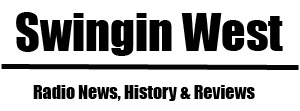Have you heard of ham radio? It’s a hobby that you can literally enjoy for your whole life! Plus, it’s perfect for staying connected with your friends and family when you’re out and about without any cell towers in sight. But, if you’re a ham radio enthusiast, you know that having the right equipment is key. And one of the most important pieces is an antenna connector. It’s like the little guy that attaches to the end of your antenna cable and links up with your transceiver or other ham radio equipment, like a power supply. But, here’s the kicker – what’s the difference between a PL-259 and an SO-239 connector? Don’t worry, we’ve got you covered with a complete guide that breaks down what they look like and how they work so you can choose the perfect one for your needs. So, get ready to tune in and stay connected!

Why Ham Radio Antenna Connector Type is Important?
The Ham radio antenna connector type is important because it connects your antenna to your ham radio transceiver or other equipment. Without the right connector, you won’t be able to transmit or receive signals effectively, which means you won’t be able to communicate with other hams or participate in events like contests or emergency communications. The wrong connector type can also cause interference, signal loss, and damage to your equipment. So, choosing the right connector type is crucial for ensuring good signal quality, preventing equipment damage, and enjoying your ham radio hobby to the fullest.
Despite its small size, the antenna connector can cause a lot of confusion when trying to figure out what you need. Each connector type has its own advantages and disadvantages, but there are a few that stand out as the most common choices for hams. All types of these connectors we will discuss today.
How to Choose a Ham Radio Antenna Connector?
When choosing a Ham radio antenna connector type, you should consider factors such as the frequency range you’ll be operating on, the type of antenna you have, and the type of equipment you’ll be using. PL-259 and SO-239 connectors are the most common types used in ham radio, but there are other options available as well.
To choose the right connector, you can consult the manufacturer’s instructions for your equipment and antenna, research online forums and guides, and seek advice from experienced hams. You can also consult with a local ham radio club or visit a ham radio store for expert advice and guidance. Ultimately, the right connector for you will depend on your specific setup and needs.
Main Types of Ham Radio Antenna Connectors
PL-259 and SO-239 connectors
PL-259 and SO-239 are most common antenna connectors which could found on most mobile radios and HF rigs. Typically, the SO-239 (UHF Female/UHF Jack) is installed on the radio, and the PL-259 (UHF Male/UHF Plug) is installed on the cable. The two “mate” and are collectively known as a UHF Connection.
By design, these connectors reliably carry signals at frequencies up to 100 MHz. The coupling shell has a 5⁄8 inch 24 tpi UNEF standard thread and an approximately 0.156 inch-diameter (4 mm) pin and socket for the inner conductor. Despite the name, the UHF connector is rarely used in commercial applications for today’s UHF frequencies, as the non-constant surge impedance creates measurable electrical signal reflections above 100 MHz.
UHF connectors can handle peak power levels well over one kilowatt based on the voltage rating of 500 volts peak while manufacturers typically test UHF jumpers in the 3-5 kV range. In practice, voltage limit is set by the air gap between center and shield.
BNC (Bayonet Neill Concelman)
BNC is widely used for VHF/UHF ham radio mobile and base station radios. The female version features three holes while male connectors have five (the center pin being slightly larger than the four outer pins). Males will also feature either right or left hand threading to prevent incorrect installation of different genders on each side. BNC connectors are made to match the impedance of cable at either 50 ohms or 75 ohms. They are usually applied for frequencies below 4 GHz and voltages below 500 volts.
The big advantage these connectors offer over standard BNC or SO-239 types is they don’t use threaded fittings which means no extra accessories are required when making connections between radio equipment. They do require special adapters though so make sure you get those if needed before purchasing any antennas.
SMA (SubMiniature Version A)
This is a very small antenna connector that was originally introduced in the 1960s and it has been widely adopted as an amateur radio standard. It’s used on most handheld VHF/UHF radios such as Baofeng, Wouxun, etc., but also appears on larger equipment like mobile two meter transceivers. This connector features only 50 ohms of impedance and a 1/4-inch-36-thread-type coupling mechanism. It offers excellent performance from 0 to 18 GHz.
N-Type connectors
N-connectors are used by some ham radio VHF and UHF transceivers. It’s a threaded connector, like SO-239, but not as common for use on mobile radios. The average power rating is determined by overheating of the centre contact due to resistive insertion loss, and thus is a function of frequency. Typical makers’ curves for a new clean connector with a perfect load give limits of 5000 watt at 20 MHz and 500 watt at 2 GHz. It’s possible that the N-connector is labeled only with a model number, which may make identifying it in a mixed impedence scenario difficult.

MMCX (Micro Miniature Coaxial)
MMCX looks similar in appearance to the SMA but has an inner diameter that’s much larger at about two millimeters and it allows for higher frequencies because it doesn’t have a protruding center pin. MMCX is used for characteristic impedance 50 ohms for frequency range up to 6 GHz.
Video: What Connectors do I need for my radios?
In Conclusion
Whether you are looking for a connector to use with your antenna or some other piece of equipment, the tips we’ve discussed today should help simplify this process. There is no one ideal type of connector that will work best in all situations, but it helps to know what your options are before making up your mind about which one is right for you. We can’t wait to hear from our readers and find out how these connectors have helped them!
